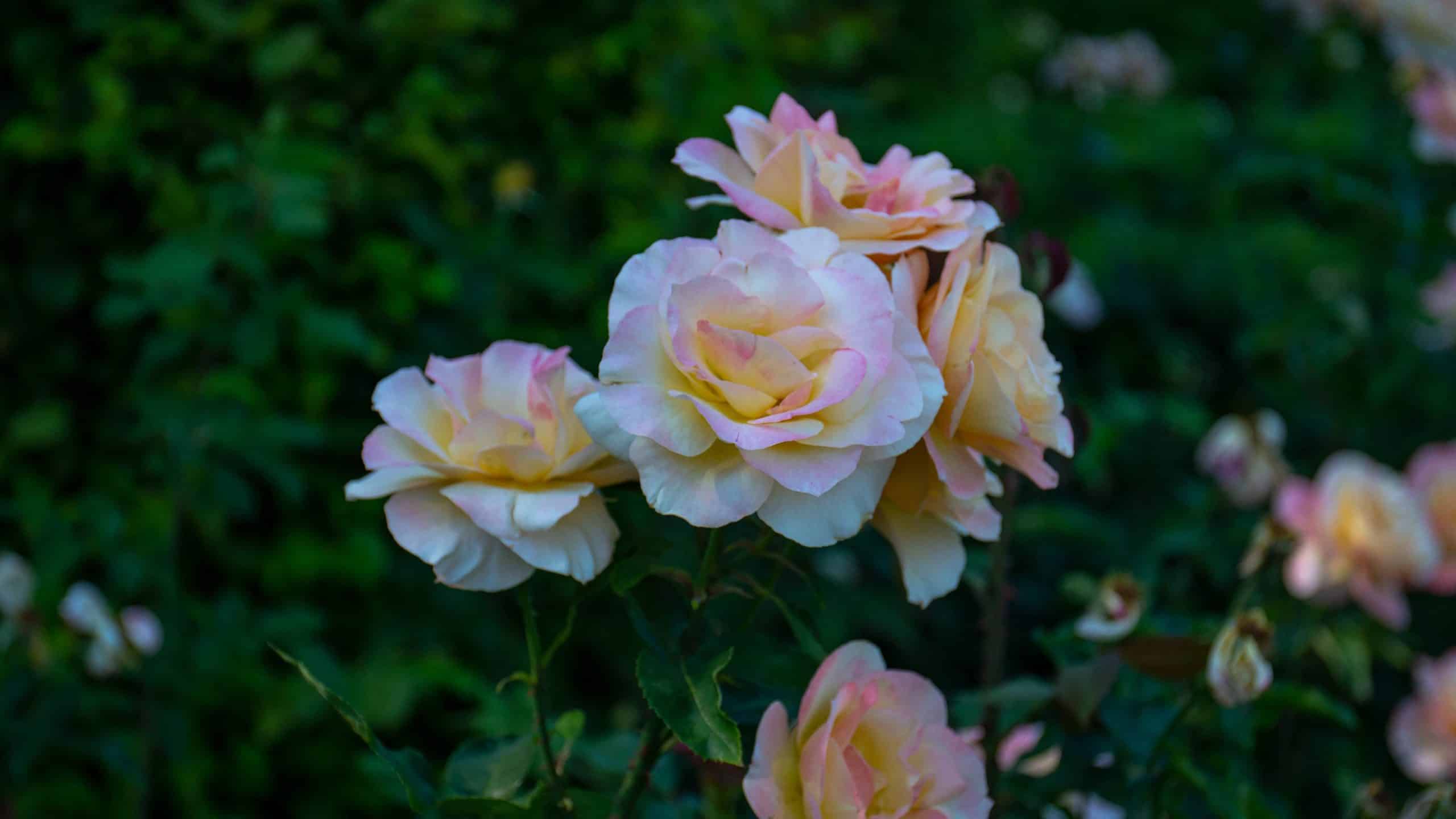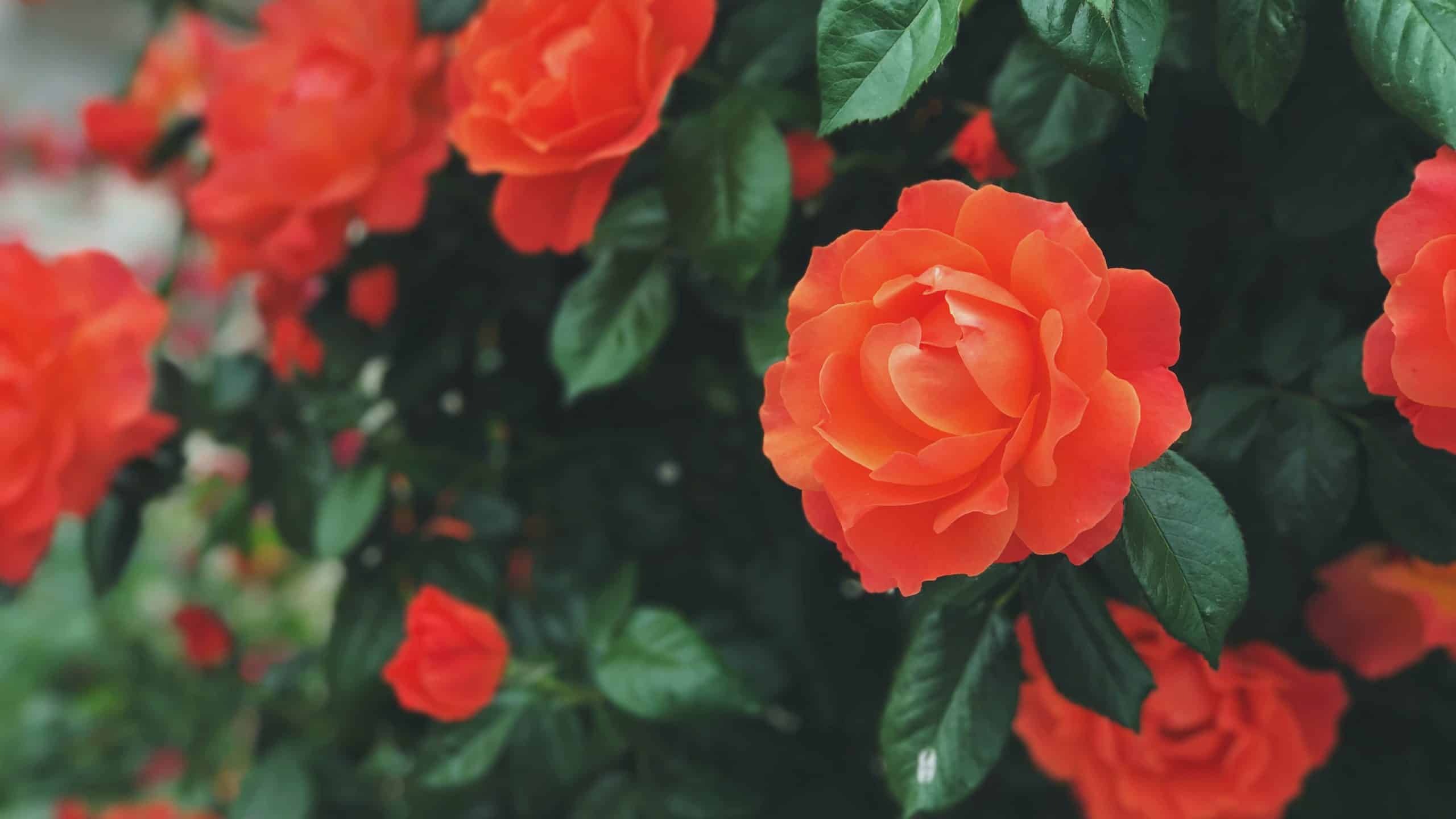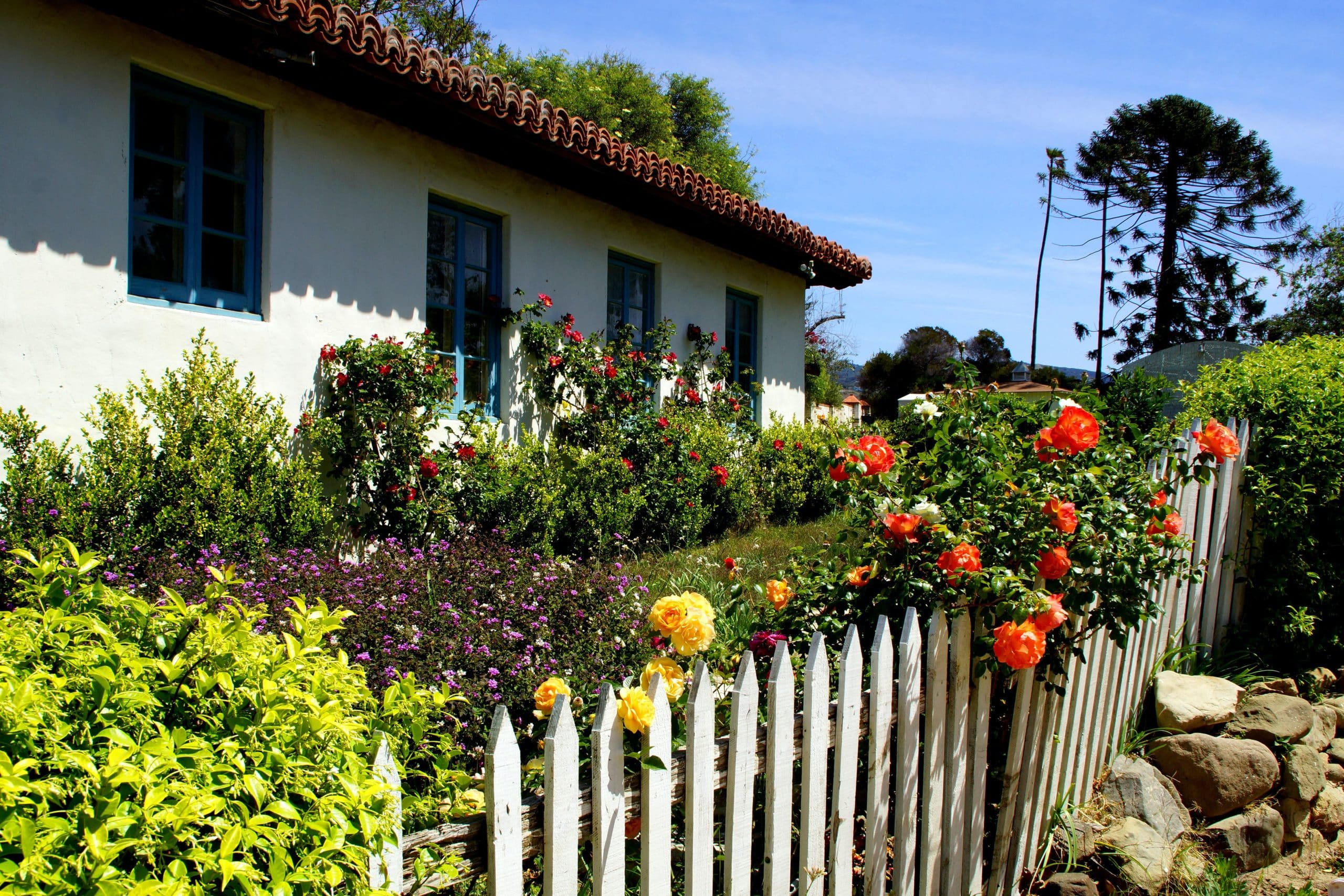Table of Contents
Hey there, rose lovers! Are you ready to get your hands dirty and plant some roses? Well, hold your horses! Before you start digging holes and plopping roses into them, let’s talk about timing. See, like your favorite TV show, roses have a perfect time slot.
So, let’s go on a trip and figure out when you can plant those roses you’ve been wanting to plant!
Introduction to Rose Growth Cycle
Now, let’s talk about the rose growth cycle.
Think about it as a yearly journey, with your roses growing, blooming, and resting in a rhythmic dance. Keep in mind, that different rose varieties might have slightly different schedules, but understanding the general growth cycle will give you a solid foundation.
Understanding the Nature of Roses
Let’s get one thing straight: Roses aren’t your ordinary wallflowers. They’re complex, with a nature all their own. They have a reputation for being a bit high-maintenance, but don’t let that scare you off. With a little knowledge and understanding, you can give these beauties exactly what they need to thrive.
Varieties of Roses to Grow
Alright, let’s talk varieties. Roses aren’t just roses. There’s a world of difference between your shrub roses and your climbers, your tea roses and your miniatures. And that’s just the tip of the iceberg. Roses are typically classified by their growth habit and flower form, which means there are plenty of roses to grow in your garden. Whether you fancy growing in pots or directly in the ground, there’s a rose out there waiting for you.
Tips for Planting Roses at the Perfect Time
Okay, you’re ready to plant. You’ve got your roses, your spot, and your timing. But before you dive in, let’s go over some tips. These are the little nuggets of wisdom that can make the difference between a so-so rose bush and a jaw-dropping showstopper.
Timing Is Everything: When to Plant Roses
First up, timing. Roses can be planted at different times, depending on their type and climate. If you’re dealing with bare-root roses, the dormant season, usually late winter or early spring, is prime time. It’s like the rose equivalent of hibernation. They’re sleeping, and when they wake up in your soil, they’ll be ready to go. But this isn’t always the case. For example, in Zones 6 and above, potted roses can be planted any time between spring and fall. However, for a greater selection of rose varieties, many gardeners prefer to plant roses in containers.
Picture this: your lovely roses doing their thing. Then, slowly watching them get destroyed by a nasty disease! That’s what could happen if you plant roses at the wrong time.
For example, if your area is prone to Japanese beetles, planting in the late spring can minimize the impact these critters have on your roses. Also, remember to order your roses early from a mail-order company. This way, they should arrive about six weeks before the last expected frost date, which is ideal for planting in most zones.

How Climate Zones Affect Planting Time
So, you live in a freezing tundra or a place that can rival the Sahara’s temperatures? Or are the seasons super intense and unpredictable where you live? Then, my green-thumbed friend, you are going to have to think about whether or not this will be a hospitable environment for your beautiful roses.
Considerations for Bare Root Roses
Now, bare-root roses they’re a bit of a special case. These are rose plants that are shipped without any soil around their roots, and they’re usually dormant. The best time to plant bare-root roses should be during late winter or early spring. Climbing roses, in particular, do well when planted as bare-root plants. When you get your bare-root roses, don’t panic if the remaining soil is dry. Soak your roses overnight before planting, and they’ll be ready to kick off the blooming season in your rose garden.
Preparing the Site for Planting Roses
Alright, now that we’ve covered the when, let’s talk about the where. Selecting the right site for your roses is crucial. They like lots of sun, good air circulation, and well-drained soil. Keep these factors in mind, and you’ll be one step ahead in preventing fungal diseases and helping your roses thrive.
Site Selection for Rose Bushes
The perfect spot for your rose bushes? It’s all about location, location, location. Roses aren’t shy; they love the spotlight. So, find a sunny spot where they’ll get at least 6 hours of sun each day. Morning sun is particularly important because it helps dry the dew from the leaves, preventing diseases. And remember, the more sun your roses get, the more they’ll reward you with beautiful blooms.
Soil Preparation for Growing Roses
Getting your hands dirty is a must when it comes to roses, but boy, is it worth it! Your roses will thrive if you give them a good home. And by good home, I mean soil that’s as rich as a billionaire. No kidding, the soil needs to be packed with nutrients. You might also want to consider growing your roses in pots, especially the David Austin roses. They appreciate the extra attention and can really bloom beautifully.
Comprehensive Guide to Care for Your Roses
Now, caring for roses isn’t a walk in the park, but it’s not rocket science either. All you need is a bit of understanding and patience. The roses will do the rest. Just keep an eye on those rose stems; they can get a bit unruly if not kept in check. And don’t forget about that granular fertilizer. It’s like the secret sauce in a fancy restaurant. You don’t really know what it is, but you know it makes everything taste better.
Proper Planting Techniques for Roses
So you’ve got two options here, my fellow rose planter. Going for the bare-root or container roses. And the awesome thing is either one of these categories can work for you!
For the bare-root roses, much like your toes would appreciate being soaked in a tub of water with a bit of peat moss. And for the container roses, it’s more like moving into a new apartment. They need a bit of time to settle in and get used to their new surroundings.
Also, remember, just like your skin crumbles when the weather is dry, a delicate rose is not going to love it especially after you plop them in their new home!

Fertilizing Roses: How and When to Do It
Fertilizing is like feeding a baby; it’s not just about how much, but when to do it. You don’t want to overfeed your roses. Too much fertilizer is like junk food for them. They might grow big and strong, but not in a healthy way.
On the other hand, underfeeding is like starving them. They’ll look thin and frail and won’t have enough energy to bloom. So, strike a balance. Give them just enough to grow but not too much that they become weak.
Watering Tips for Healthy Rose Bushes
Watering is another crucial thing. Like people, roses need water – but not too much. Overwatering can lead to diseases, and we don’t want our roses catching a cold now, do we? You want to promote healthy growth, and that’s why choosing disease-resistant varieties is a good idea.
Pruning Roses: Techniques and Tips
Pruning roses can be intimidating. You might feel like you’re hurting them, but trust me, it’s for their own good. Pruning helps to stimulate new growth, and the roses will thank you by gifting you with even more beautiful blooms. Hybrid tea roses, in particular, benefit greatly from good pruning.
When you prune roses, you’re not just trimming the year’s growth. You’re also keeping an eye out for any rose diseases that might have snuck up on your bushes. Dead or diseased stems can spread infection to the rest of the plant, so it’s better to nip it in the bud just like you would with a rotten apple in a basket.
Additional Insight into Rose Planting
Planting roses is not just about sticking them in the ground and watering them. It’s a science, an art, and a labor of love. But don’t let this deter you. Once you understand the basics, you’re ready to tackle any rose-planting issues that come your way.
Combating Common Rose Planting Problems
Now, roses aren’t no ordinary plant, alright? Like a first-class diva, they demand attention, and boy, do they have a knack for running into problems. One thing you have to remember is timing, bud. Planting these beauties in midsummer is like asking for a fight. It’s hotter than a jalapeno’s armpit, and it’s drier than a popcorn fart. If they’re fresh out of the transplant stage, they just aren’t ready to face that kind of heat. It’s like throwing a kitten in a pit of rabid dogs. Just don’t do it, alright?
Bare root roses, now they’re a different story. Thearen’t’t around much in the summer, so they’re not a big worry. Now, those container roses they’re a bit tougher, sure. They’re already doing their thing in the soil, so if you’re careful not to mess with their root ball too much, they might just pull through. But they’ll likely wilt a bit like a teenager asked to clean up their room. So, unless you’re down south where it’s warm, be ready to baby those roses, keep them well hydrated, and they might just survive.

Wrapping Up Your Rose Planting Journey
Well, there you have it: you’re on the tail end of your rose-planting saga. By now, you’re probably as knee-deep in the soil as the loose soil around the canes of your precious roses. Talking about canes, they are more than just sticks poking out of the ground; they play a crucial role in protecting the rose while it acclimates to its new home. You plant the rose, tuck it in with a blanket of soil, keep that soil moist, and then it’s up to the canes to do the rest.
There you have it, folks! You now have all you need to plant your beautiful. Enjoy your lush rose garden!

I’m John, a “seasoned citizen” and an avid gardener. I live in Minnesota, where our weather and growing conditions can be harsh and challenging. Over the years, I have learned a thing or two about being successful in growing things. I have curated these tips, which I think are helpful for the beginning gardener and the seasoned experts. If you have feedback, let me know in the contact form.




